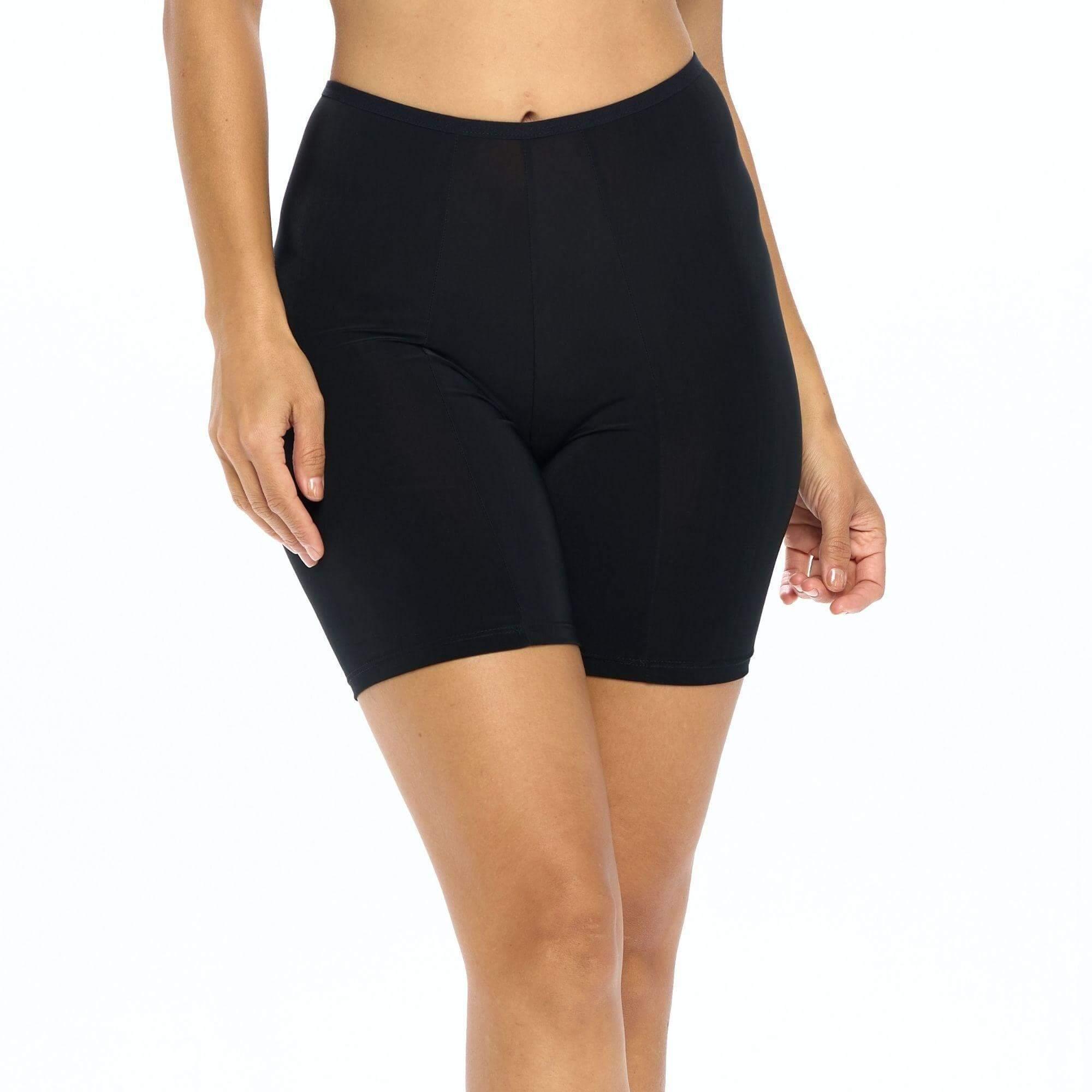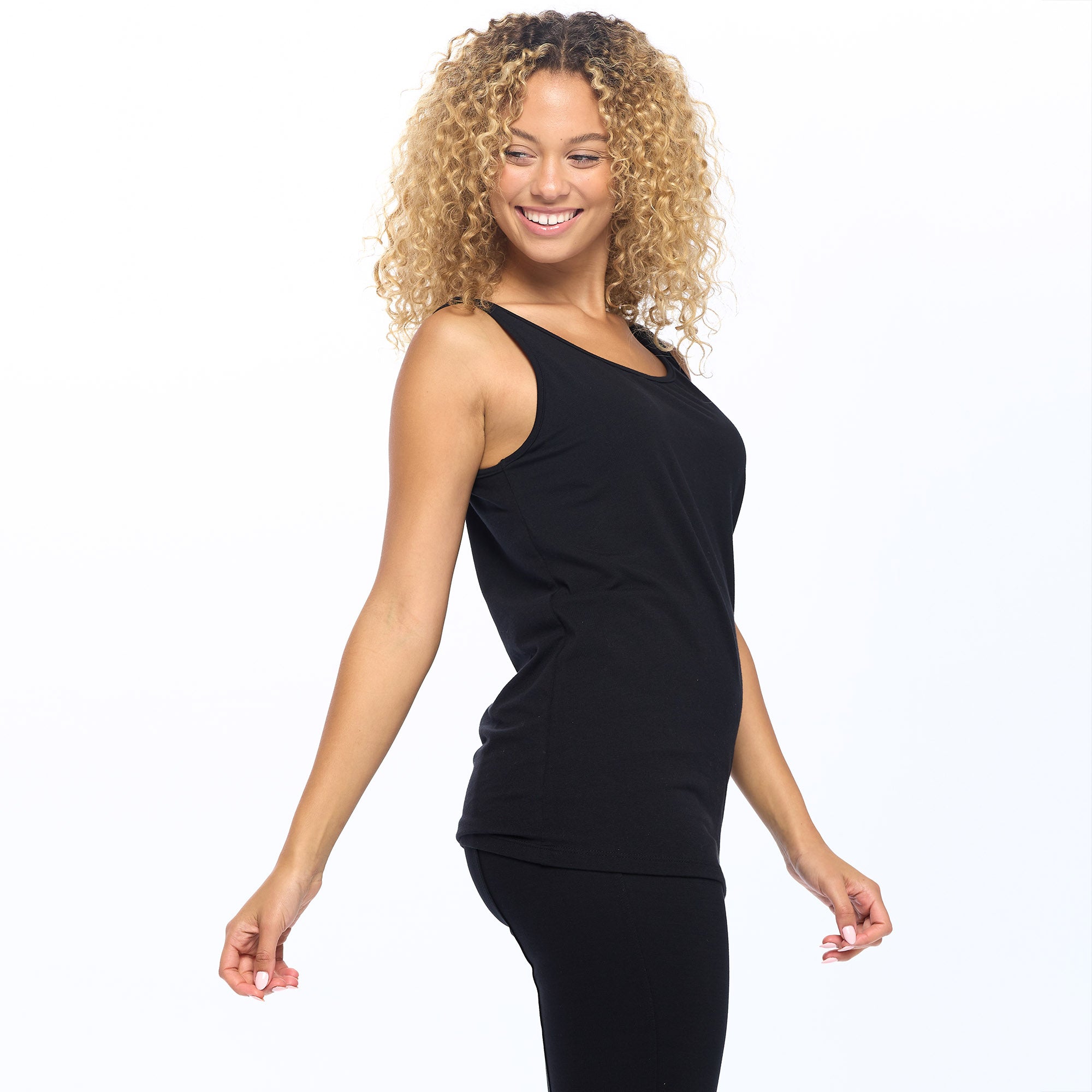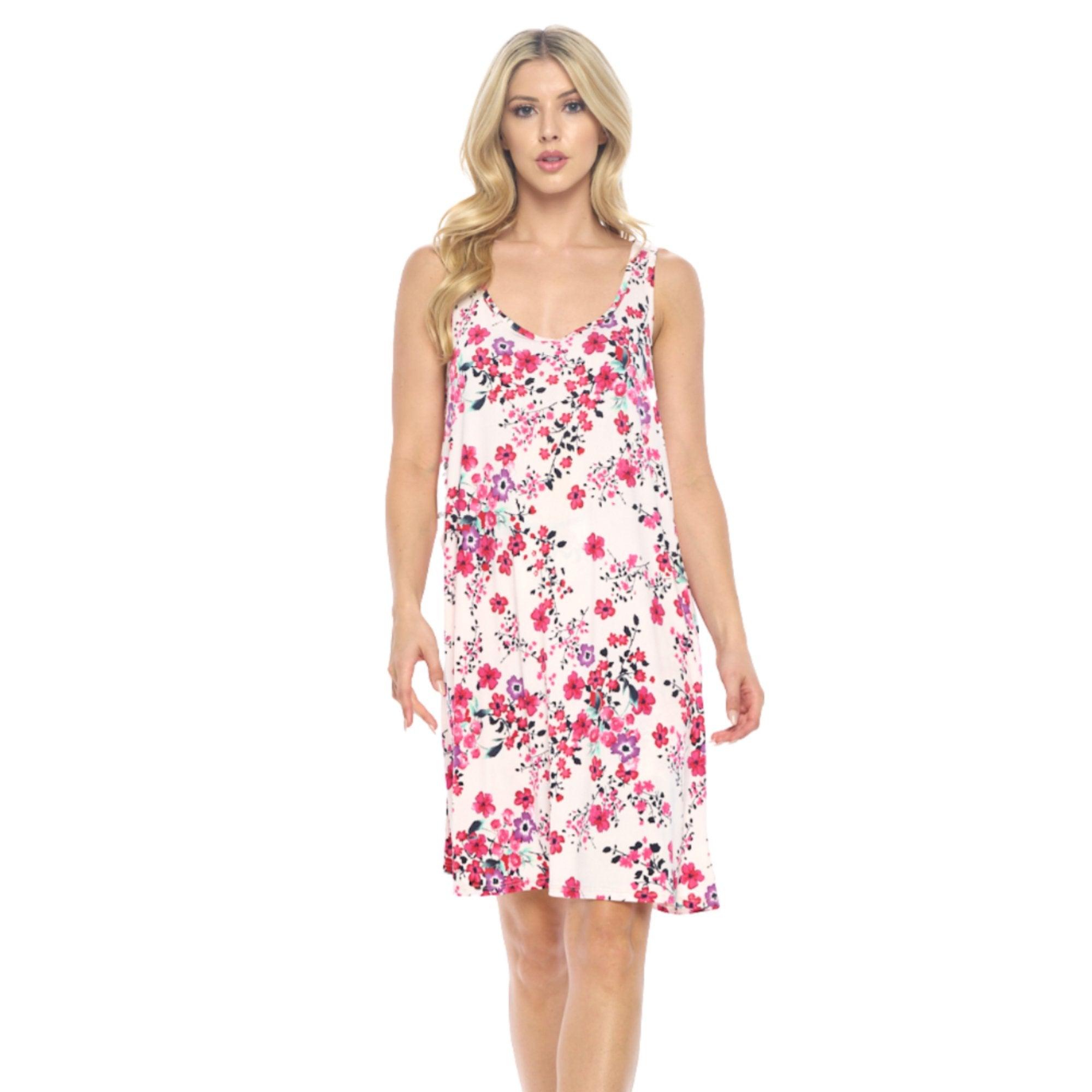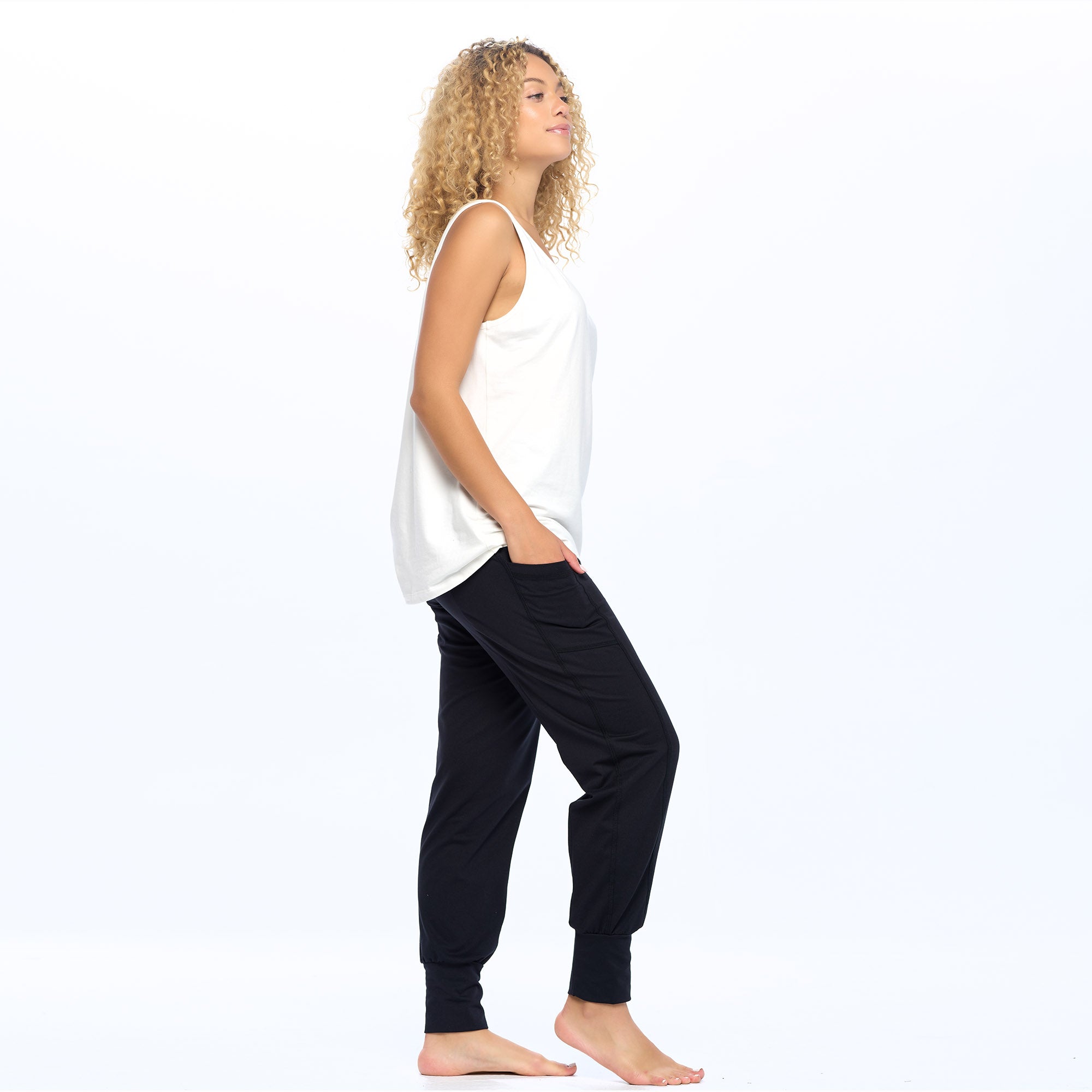Chafing is caused by friction between the skin and clothing or other surfaces that can result in redness, swelling, blisters, or infection. It can affect any area of the body, but it is most common in the inner thighs, groin, armpits, buttocks, and nipples.
Preventing chafing is easy: Wear well-fitting clothing, keep your skin dry, and moisturize often. When chafing does occur, try lubricating it with petroleum jelly to help reduce friction and protect the skin. Allow a few days for the skin to heal.
If chafing isn't going away, talk to your doctor or dermatologist. They may recommend antibiotic ointments or creams to prevent infections and promote healing.
Avoid harsh soaps, which can aggravate the irritation of chafing. Use a mild cleanser that doesn't strip your skin of its natural oils. Rinse with cool water and gently pat dry.
Apply a layer of a gentle, soothing cream that contains aloe vera, shea butter, or other moisturizers to soften and soothe the chafed areas. Shea butter is known for its anti-inflammatory properties and is especially effective in treating chafed skin, according to a 2012 study.
You can also try a gel or an antiperspirant to keep perspiration from sticking to your skin and causing irritation. Look for a formula that's made with waxes and polyethlyene to create a film, along with silica or zinc oxide powder to impart a silky, non-sticky feel.
Talcum powder is another low-tech option, but many women swear by it. It can keep sweat from forming on your skin and prevent chafing, says beauty writer Alexis Gaskin. For best results, apply it after you're done exercising and before showering.
Aloe vera is an excellent natural chafing remedy and you can apply it by breaking off a leaf and pressing the gel out. Some people choose to buy it at a health food store, but you can also find it in the natural section of your drugstore or online. Shea butter has been found to be effective in treating mild cases of chafed skin, according to a 2012 study.
Keeping moisture off the skin is an important way to prevent chafing from occurring. Before heading outside, people should use powders or antiperspirant deodorants in areas where chafing occurs. They should also change out of wet or sweaty clothes as soon as possible to avoid a buildup of salt residue.
Summer options such as Undersummers Shortlettes are designed to provide a more comfortable and flattering fit to women of all sizes, including those that have a full thigh and/or hip area. CarrieRae Munson, the founder, wants women to feel confident and attractive, no matter their shape or size.
There are other options out there including Thigh Society Shorts or "Shorties" which are a seamless design or Jockey Skimmies.
Whether you're a woman or a man, chafing can be irritating and uncomfortable. To avoid the pain and discomfort of chafing, keep your thigh area clean and dry. If you have a very sensitive or irritated thigh area, consult with your health care provider about an antibiotic ointment.
In most cases, chafing isn't a sign of a serious condition, and it can usually be treated with simple home remedies or a visit to your doctor. However, if the chafing is very severe, if it isn't going away, or if you notice blisters, crusting, or an open wound, call your doctor right away to get help with the problem.
A common cause of chafing is friction between your clothes or other objects, such as a purse strap across your shoulder or an ill-fitting bra. Other sources of chafing include sweat, which can cause salty water to stick to your skin and make it slick and slippery.









